Starting from seed in a large pot (no potting up)
jaidog
12 years ago
Featured Answer
Sort by:Oldest
Comments (14)
yumtomatoes
12 years agojaidog
12 years agoRelated Professionals
Redondo Beach Landscape Architects & Landscape Designers · Rossville Landscape Architects & Landscape Designers · New Baltimore Landscape Contractors · Yuba City Landscape Contractors · North Aurora Landscape Contractors · Corsicana General Contractors · Lake Forest Park General Contractors · Mishawaka General Contractors · Pacifica General Contractors · Wyomissing General Contractors · Security-Widefield General Contractors · Acushnet Stone, Pavers & Concrete · Des Moines Decks, Patios & Outdoor Enclosures · Mitchellville Decks, Patios & Outdoor Enclosures · West Hills Decks, Patios & Outdoor Enclosuresdigdirt2
12 years agojaidog
12 years agoEdymnion
12 years agowcthomas
12 years agowcthomas
12 years agodigdirt2
12 years agoremy_gw
12 years agoyumtomatoes
12 years agoremy_gw
12 years agoDr Green thumb
3 years agolast modified: 3 years agoM Cassidy
3 years ago
Related Stories

GARDENING GUIDESSeeds or Seedlings? How to Get Your Garden Started
Growing delicious herbs and vegetables starts with knowing your goals and when you want to plant
Full Story
CONTAINER GARDENS8 Easy Container Plants to Grow From Seed
Get beautiful blooms and herbs in summer by starting these choice garden picks from seed in spring
Full Story
CONTAINER GARDENSSolve Your Garden Border Dilemmas With Planted Pots
Set your containers free from the patio — placed among plantings in the ground, they fill unsightly gaps, let you experiment and more
Full Story
GARDENING FOR BUTTERFLIESA Quick-Start Guide to Bird-Watching for Fun and Learning
Set out some seed and grab your field guide. Bird-watching is an easy, entertaining and educational activity for the whole family
Full Story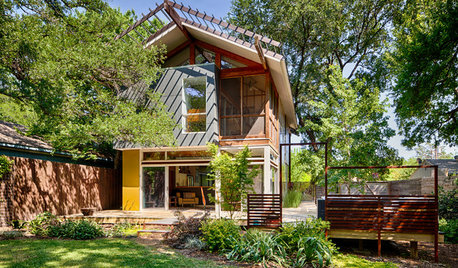
HOUZZ TOURSHouzz Tour: A Modern Garden Pavilion Sprouts Up on an Ex–Pot Farm
This compact Dallas house now connects to its leafy surroundings in a gorgeously irreproachable way
Full Story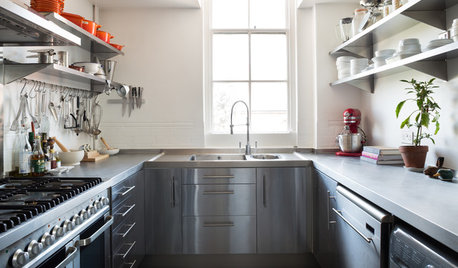
SHOP HOUZZShop Houzz: Setting Up Your First Kitchen
Fill your kitchen cupboards and drawers with these top-notch tools, pots, pans and more from the Houzz Shop
Full Story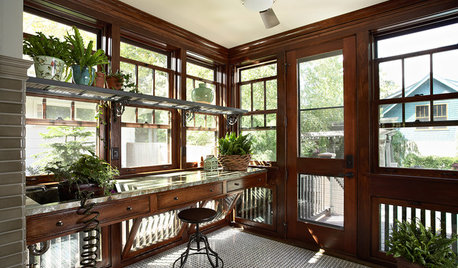
WINTER GARDENINGWinter Gardening: Ideas for a Dream Potting Room
Check out potting rooms that get indoor gardening right — and learn tips for creating your own
Full Story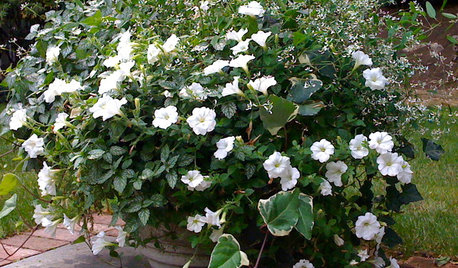
GARDENING GUIDES11 Perfect Plants for a Moonlit Garden — in Pots
Create an alluring after-dark aura on a patio or deck with container plants that glow white under the stars
Full Story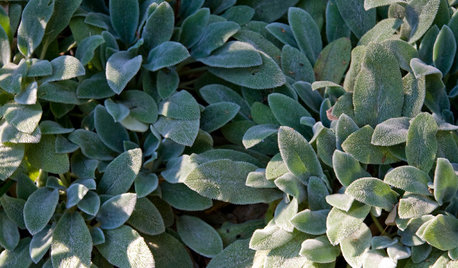
FOLIAGEThe Right Touch: 13 Soft, Fuzzy Plants for Gardens and Pots
Brush a hand on velvety foliage or fluffy plumes for a sensory garden experience beyond sight and smell
Full Story
DECORATING GUIDESHow to Decorate When You're Starting Out or Starting Over
No need to feel overwhelmed. Our step-by-step decorating guide can help you put together a home look you'll love
Full Story





wcthomas